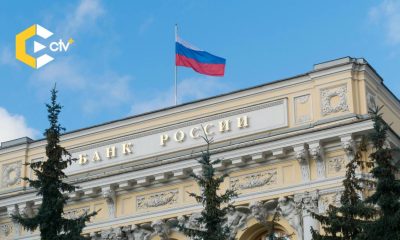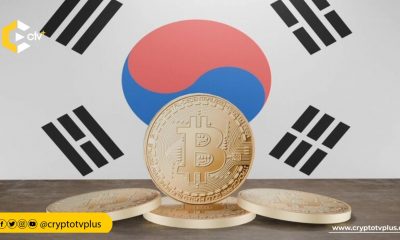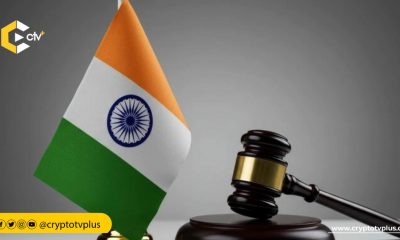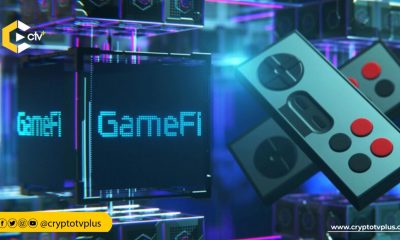Education
Understanding what Rollup Decentralization is all about!!!

Decentralization is a key principle of blockchain technology and is one of the main features that distinguishes blockchain from traditional centralized systems. Decentralization refers to the distributed nature of blockchain networks, which means that they are not controlled by a single entity or authority, but rather are maintained by a network of users and nodes.
One important aspect of decentralization is the ability of users to participate in the network and contribute to the maintenance and security of the blockchain. This can include participating in consensus mechanisms, such as proof-of-work or proof-of-stake, or running a full node that verifies and relays transactions on the network.
However, as blockchain networks have grown in size and complexity, maintaining decentralization has become increasingly challenging. One way to address this challenge is through the use of rollups.
Rollups are a type of off-chain scaling solution that allows for the processing of transactions and other data off the main blockchain, while still maintaining the security and integrity of the network. Rollups can help to improve the scalability of blockchain networks, by allowing for the processing of transactions and other data off the main chain. This can help to reduce congestion on the main chain and improve the speed and efficiency of transactions.
But how do you decentralize a rollup?
There are several different approaches that can be taken to decentralize a rollup, and the most appropriate approach will depend on the specific requirements, constraints of the network and contribution to the security of the network. For example, users can run validator nodes that verify the correctness of rollup transactions or participate in governance mechanisms that allow them to influence the direction and development of the rollup.
So, some of the key factors to consider when decentralizing a rollup include:
- The size and complexity of the network: Larger and more complex networks may require more decentralized approaches to ensure that the network is secure and resilient.
- The level of security required: Higher levels of security may require more decentralized approaches, such as using multiple validator nodes or implementing more robust consensus mechanisms.
- The level of performance required: Higher levels of performance may require more centralized approaches, such as using fewer validator nodes or implementing more efficient consensus mechanisms.
- Progressive efficiency: This refers to the ability of the network to progressively increase its level of decentralization as it grows and evolves. By implementing decentralized approaches that can scale and adapt as the network grows, it is possible to maintain decentralization as the network expands.
- Decentralized implementation: This refers to the use of decentralized technologies and protocols to implement the rollup, such as decentralized storage systems, P2P networks, and decentralized governance mechanisms. By using decentralized technologies and protocols, it is possible to create a more decentralized and resilient rollup.
- Decentralized governance: This refers to the use of decentralized mechanisms to make decisions and manage the rollup, such as through the use of smart contracts or voting systems. By using decentralized governance mechanisms, it is possible to create a more transparent and democratic rollup that is responsive to the needs and concerns of the community.
There are also tradeoffs to consider when decentralizing a rollup.
One key tradeoff is between security and performance. More decentralized approaches may provide higher levels of security, but may also result in lower levels of performance. Conversely, more centralized approaches may provide higher levels of performance, but may also result in lower levels of security.
Another tradeoff is the potential loss of efficiency, as decentralization can require more resources and processing power to maintain. However, this tradeoff can be mitigated through the use of progressive efficiency techniques, which allow for the optimization of resources and processing power as the rollup scales.
The next tradeoff to consider is the decentralized implementation of the rollup. This can involve the use of open-source software and protocols, as well as decentralized governance mechanisms that allow for the participation and input of users in the decision-making process.
Conclusion
Decentralization is an important aspect of rollups and is critical for the security, functionality, and adoption of these technologies. By allowing users to participate in the network and contribute to its security, and by implementing decentralized governance and open source protocols, we can ensure that rollups are able to provide the same level of security and functionality as the mainchain, while also maintaining the decentralized nature of blockchain technology.

























3 Comments